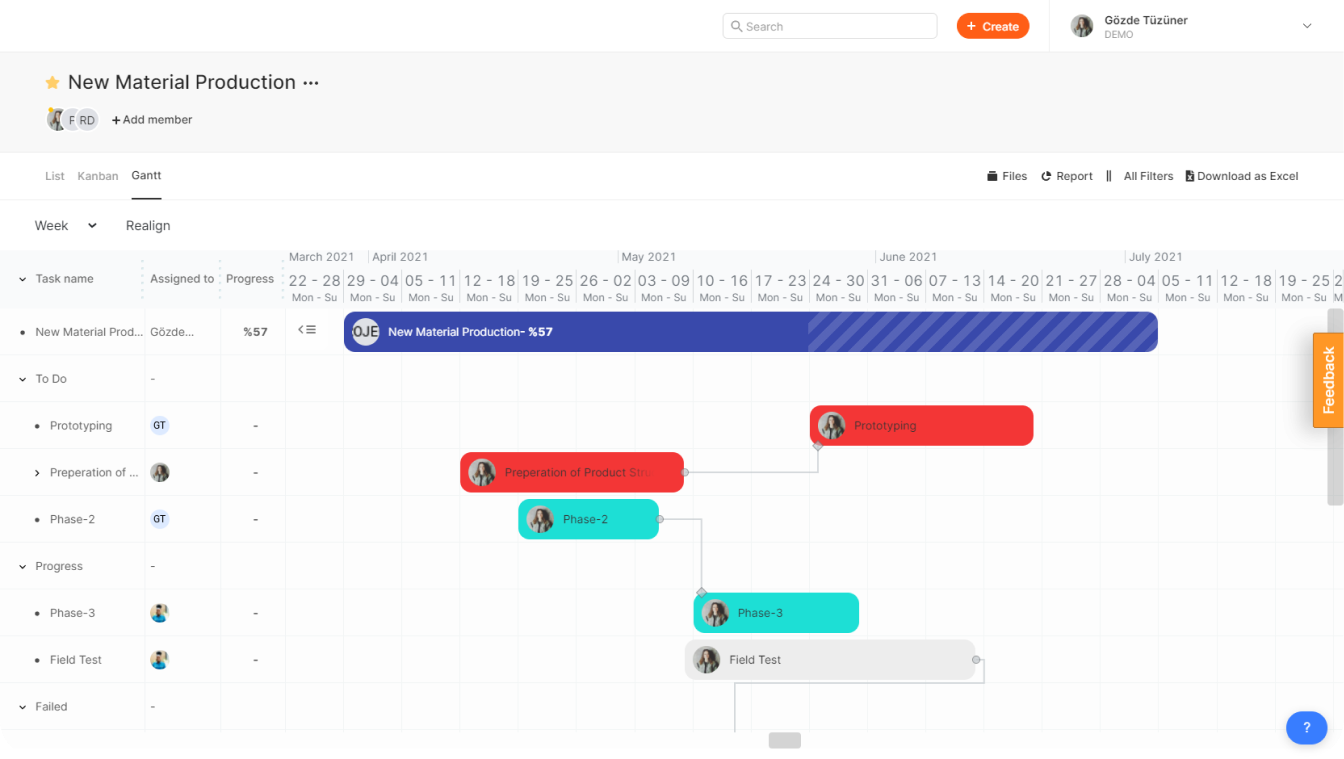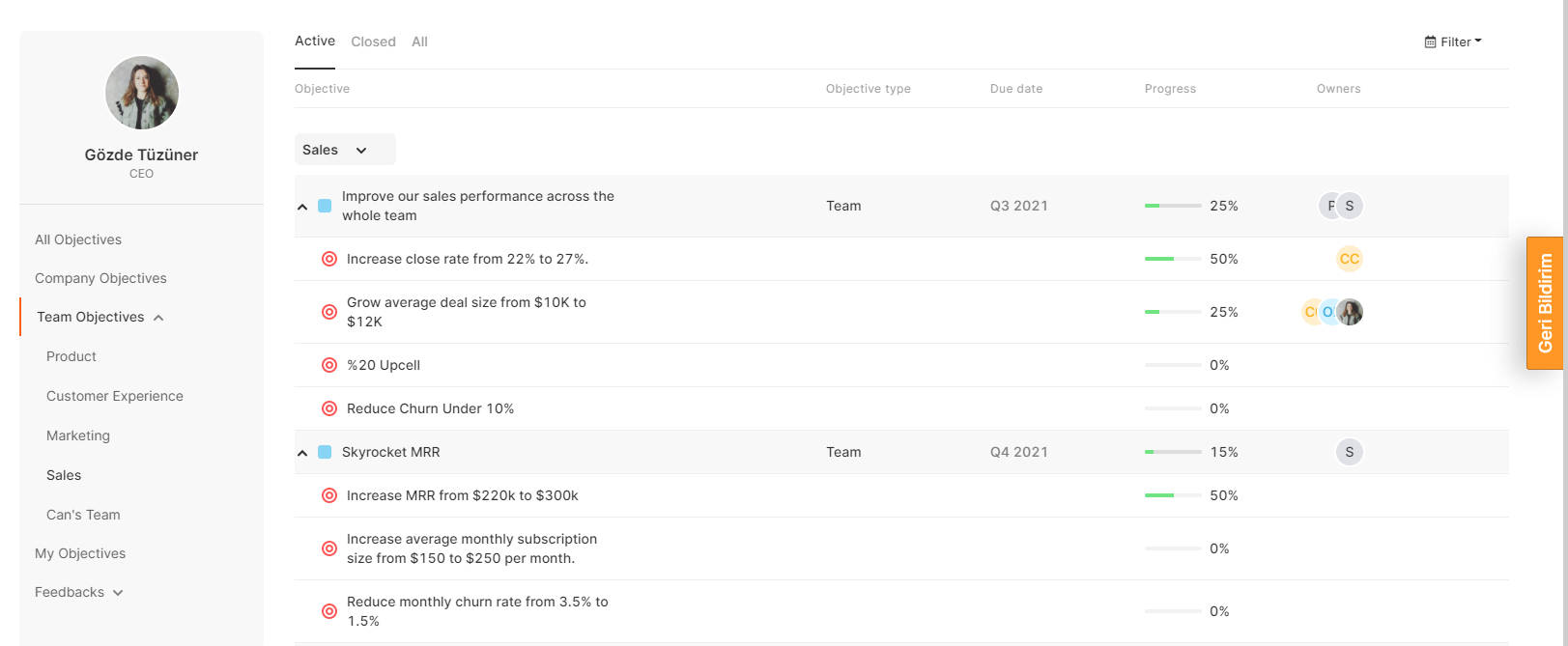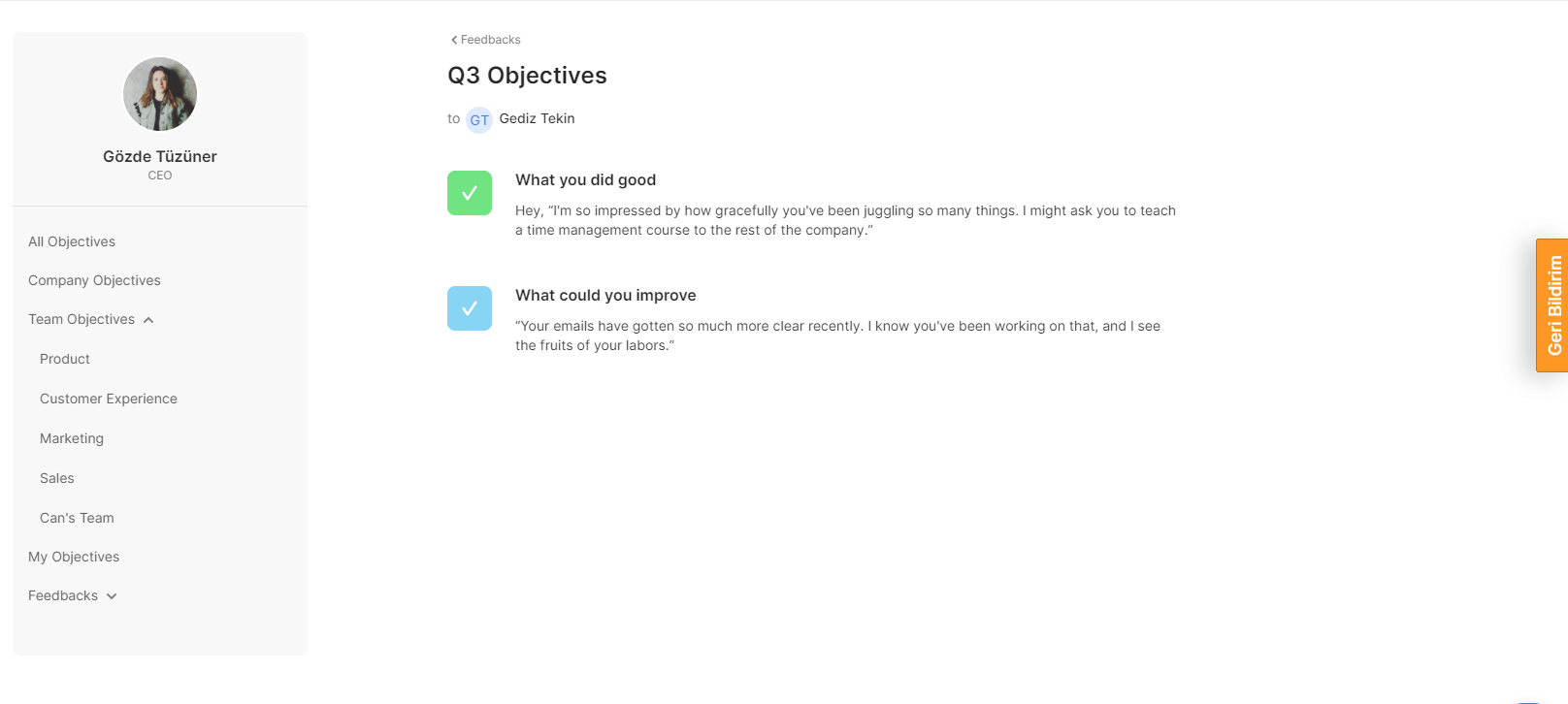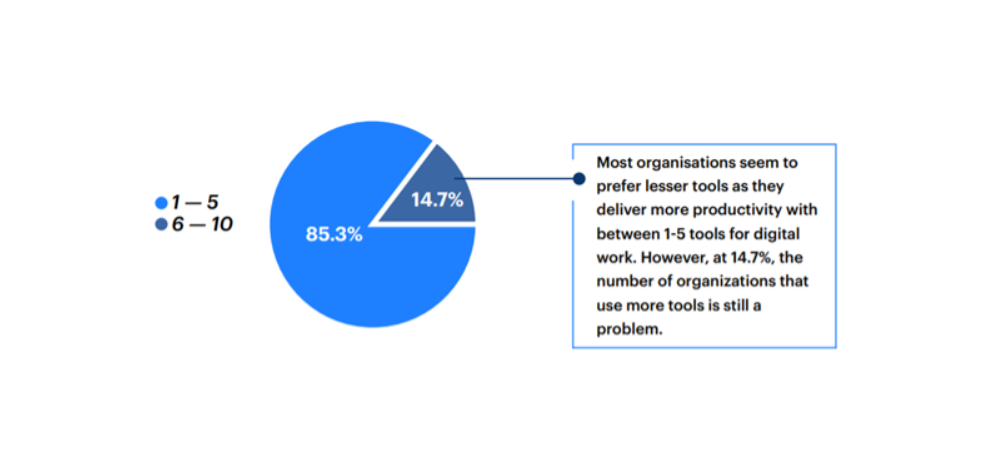As Peter Drucker one of the foremost business management authorities, said: “If you can’t measure it. you can’t manage it”
Because, if you can’t measure something, and know the results, you can’t possibly get better at it.
37 percent of the global workforce is now mobile, 30 percent of full-time employees now do most of their work outside of the employers’ location, and 20 percent of the workforce is composed of temporary workers, contractors, and freelancers.(Deloitte human-capital-transitioning-to-the-future-of-work)
In today’s complex business world, it is important to measure metrics that can help us understand how our business is going. Whether you’re building a business from the ground up or running an existing enterprise, it is important to be able to measure it so that you can understand where your strengths and weaknesses are. You should also make sure your employees fully understand the goals of your company as a whole and how their individual goals tie into those goals as well as be able to work better.
Ways of Measuring Productivity
Productivity is calculated by how efficiently the resources, money, and time are being used to produce the output. The following is the formula for productivity:
Output/Input = Productivity
Especially in the knowledge economy, analyzing productivity through objectives can be far more useful than bare numbers.
Because of the numerous aspects affecting one’s productivity, we can’t rely just on numbers. So, instead of the formulaic approach, you will want to use of the following methods:
Time Management
The most widely-used method of measuring employee productivity is how well they manage their time. Whether they take more or less time on specific tasks, how much time is spent on menial things, or are wasted because of distraction. What many knowledge employees are starting to do in order to get a better sense of the amount of time spent working on each project comes in the form of creating a whiteboard that shows how much has been accomplished by whom and what tasks are still left incomplete.

With ConectoHub, you can work with your teams on a project, and let all team members track efforts on each of their tasks.
Setting Goals
Studies have shown that employees who understand the goals of their company are much more productive. They feel like they’re part of something; they feel like they belong to a community where everyone is working towards the same vision and carries the same values. To measure productivity OKR methodolgy is perfect solution:
Get Maximum Benefits of Merging Top-down and Bottom-up goal management. Set your company goals and let everyone set their objectives: setting goals gives everybody long-term vision and short-term motivation.
Everybody work hard, but they don’t seem to get anywhere worthwhile. Let everyone to organize their time and resources. A decision-making process that gives the entire staff a voice in company goals. By adopting this method the employees engage in result-oriented things.

360 Degree Feedbacks
360-degree feedback is a type of performance measurement. The name derives from the fact that those being evaluated are being rated from all angles, from those on the same level as them as well as those who report to them and those higher up in hierarchy.

Focus to be Productive
Other hand, in our quest to get things done, we often get distracted bunch of tools. While some of these tools can help us, too many can leave us in a state of information overload and scattered thinking.

When using numerous business tools in their daily work, users often need to switch between them. Each SaaS tool answers a specific question, achieves a particular task, and solves certain problems. On a regular workday, people need to handle tens of questions, tasks, and problems. It’s no big secret that multitasking hurts our productivity. Research has revealed that it takes people an average of 16 minutes to refocus on a task after being distracted. It also takes a lot of time to adjust your mind to working with a new tool.
For example, an average Slack user is active 320 minutes every workday. That’s 5.3 hours of potentially getting pinged with a question, breaking the focus and workflow.
If your team uses tens of business tools, they’re highly likely to get derailed from their planned workflow.
Another problem with many small tools is the lack of a clear overview. The problem with this is it makes it hard for a company to get a comprehensive view of their performance. As a result, there’s no quick way to get detailed business metrics or be able to generate useful reports, which prevents thorough monitoring of OKRs and KPIs.
To be able to gain a control and gain an insight into the business performance, every member of organization should be able to see business goals and daily activities clearly.
With ConectoHub, you’re able to increase productivity of your work environment but also see how this relates to your overall business goals, strategies, projects, tasks and milestones.

